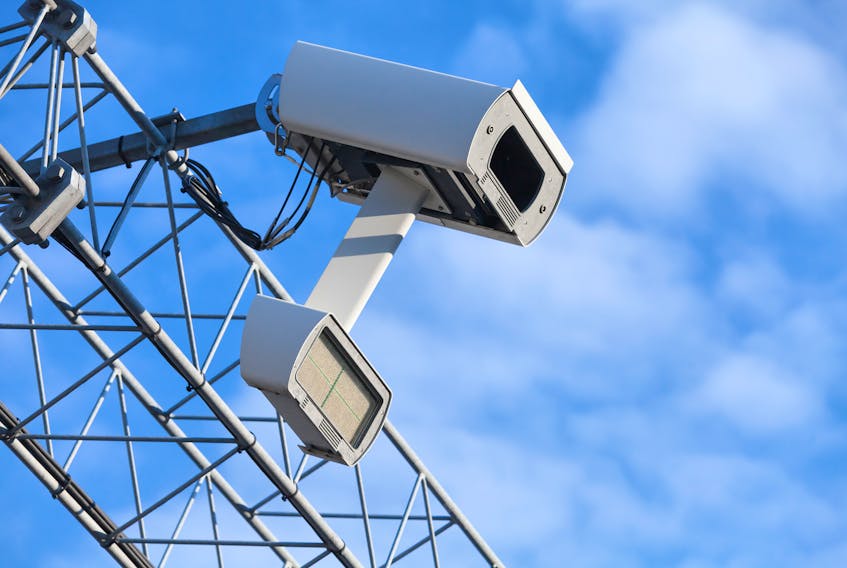Hey drivers, are you ready for your closeup?
Early in November, the Newfoundland and Labrador provincial government, citing the high number of speeding violations it measured last summer in construction zones, announced that it would be bringing in changes to the Highway Traffic Act.
The news release described them this way: “The proposed changes will allow for highway cameras to be used as a means of increasing compliance with the rules of the road and increasing safety for all road users in the province. The use of cameras can also help improve safety in construction zones and school bus zones.”
Safety’s a good thing, right? Especially for people who have to work near roads and for kids and other pedestrians in school zones.
But be careful what you wish for.
The cameras will take a picture of an offender’s licence plate, and tickets for offences will be sent to the vehicle’s registered owner.
The new legislation is slightly nebulous about what the cameras will do. Here’s the section of legislation: “177.1 An image capturing enforcement system may be used in accordance with the regulations for enforcing (a) subsections 106(10), (12), (14) and (16); (b) subsection 110(3); (c) subsection 110.1(4); (d) subsection 110.2(4); (e) subsection 137(1); and (f) other sections of the Act prescribed in the regulations.”
It’s not so nebulous when you look at those subsections in the Highway Traffic Act. The province is introducing the ability to use both red light cameras and photo radar for speeding offences.
The cameras will take a picture of an offender’s licence plate, and tickets for offences will be sent to the vehicle’s registered owner. The legislation also details that the photo taken by the system is proof that an offence occurred, unless a driver can provide “evidence showing that the image capturing enforcement system from which the reproduction was obtained was malfunctioning or was operated improperly.” (Good luck with that.)
And unlike in other provinces, there’s no requirement here at this point that the government indicate where the systems are being used.
In some jurisdictions, photo radar has been described as a government cash grab. And it can certainly dish out the tickets — a CBC investigation in Winnipeg found that camera use in that city resulted in 22,737 tickets being issued in just four months at the beginning of 2017. Those tickets, by the way, average $380 apiece, which makes it a tidy revenue generator; that works out to roughly $25.9 million a year.
But back to this province: as with most legislative changes, the response has been muted, primarily because it sometimes seems that people basically ignore whatever provincial politicians are doing until the changes come home to roost in individual wallets and households.
Make no mistake though, photo radar or no photo radar, people who speed or run red lights are breaking highway laws.
But just wait until the fines start popping up in people’s mailboxes — the response is unlikely to be positive. And that’s an understatement.









